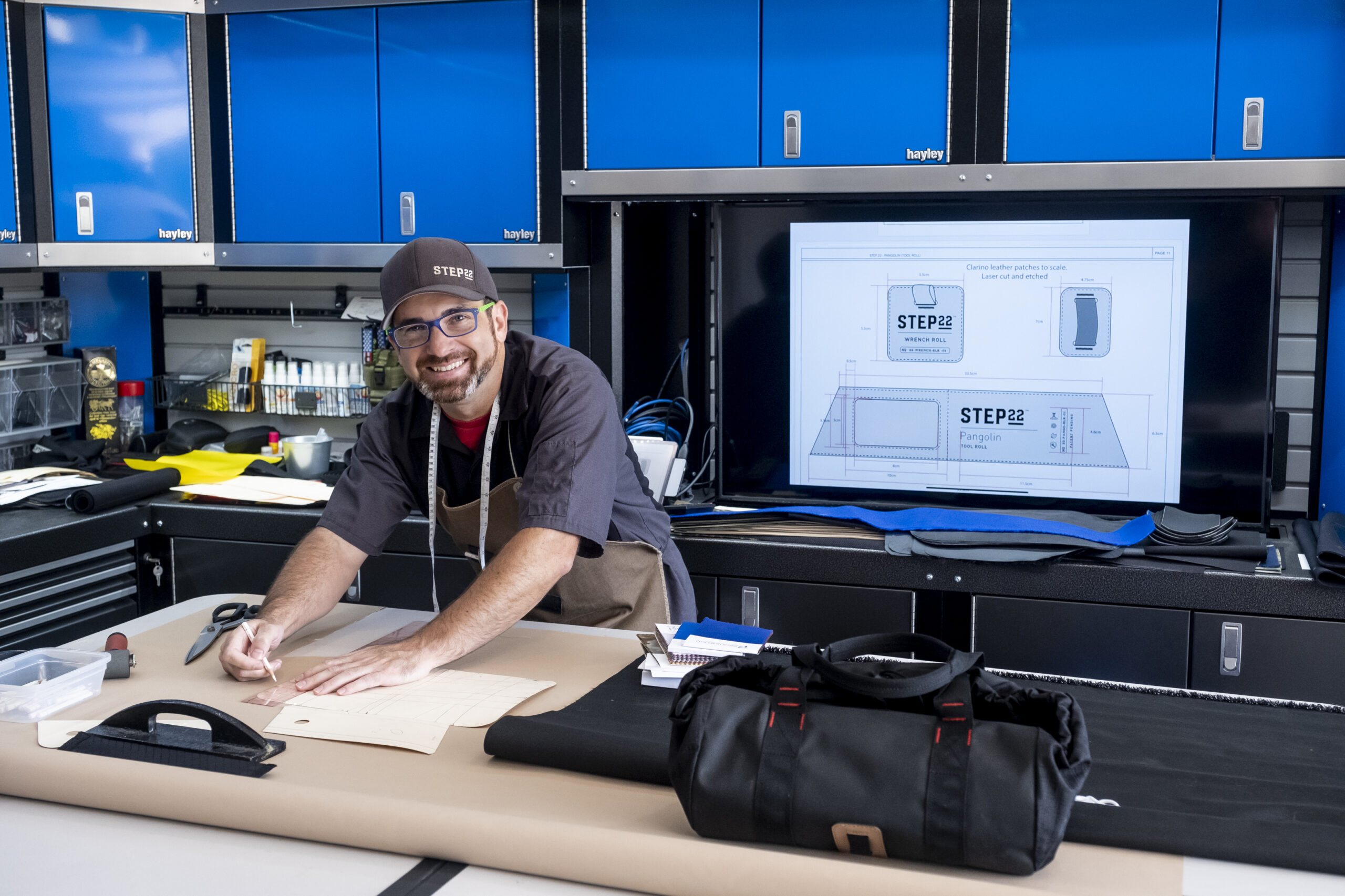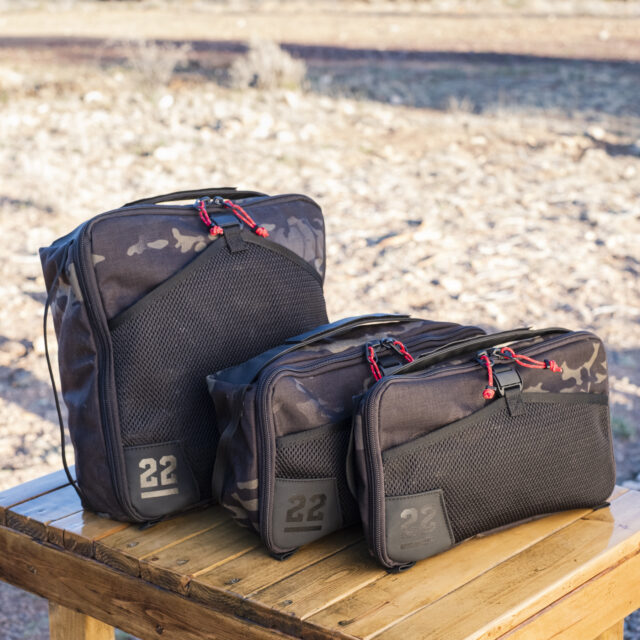In this installment of the Expedition Portal series on brands that inspire us, Senior Editor Ashley Giordano profiles adventure travel gear manufacturer STEP 22.
I recently found out, thanks to STEP 22 owner and founder Adam Wood, that the company’s name is an acronym for Storage Transportation Exploration Protection. There couldn’t be a more on-point description of how I’ve used my STEP 22 gear. I’ve packed copies of rare Barbara Toy books and 1950s National Geographics into a Stingray Flat Box, bound for Canada. We access dry food goods, coffee and tea paraphernalia, and a host of spices daily, thanks to another Stingray flat box and two minis. Hard drives and other electronics are tucked into a Tenkile tech pouch. And cleaning is a cinch—a damp cloth has removed any dirt, dust, or grime.
I reached out to Adam to learn more about what goes into making STEP 22 products, which range from adventure travel bags to tool rolls and toiletry bags to visor panels. The company is a one-person operation, with Adam behind the wheel, running the warehouse and shop, shipping and receiving, accounting, web design, product line management and development, and more.
The brand recently launched several new products, including a Pangolin Mini Tool Roll, Pangolin Tool Pouch, Tenkile Grande Tech Pouch, Tiger Trove EDC Pouch, and Tortoise Grande Toiletry Bag. In our latest company profile, Adam explains more about these products and takes us behind the scenes at STEP 22, explaining how the operation began in the first place.
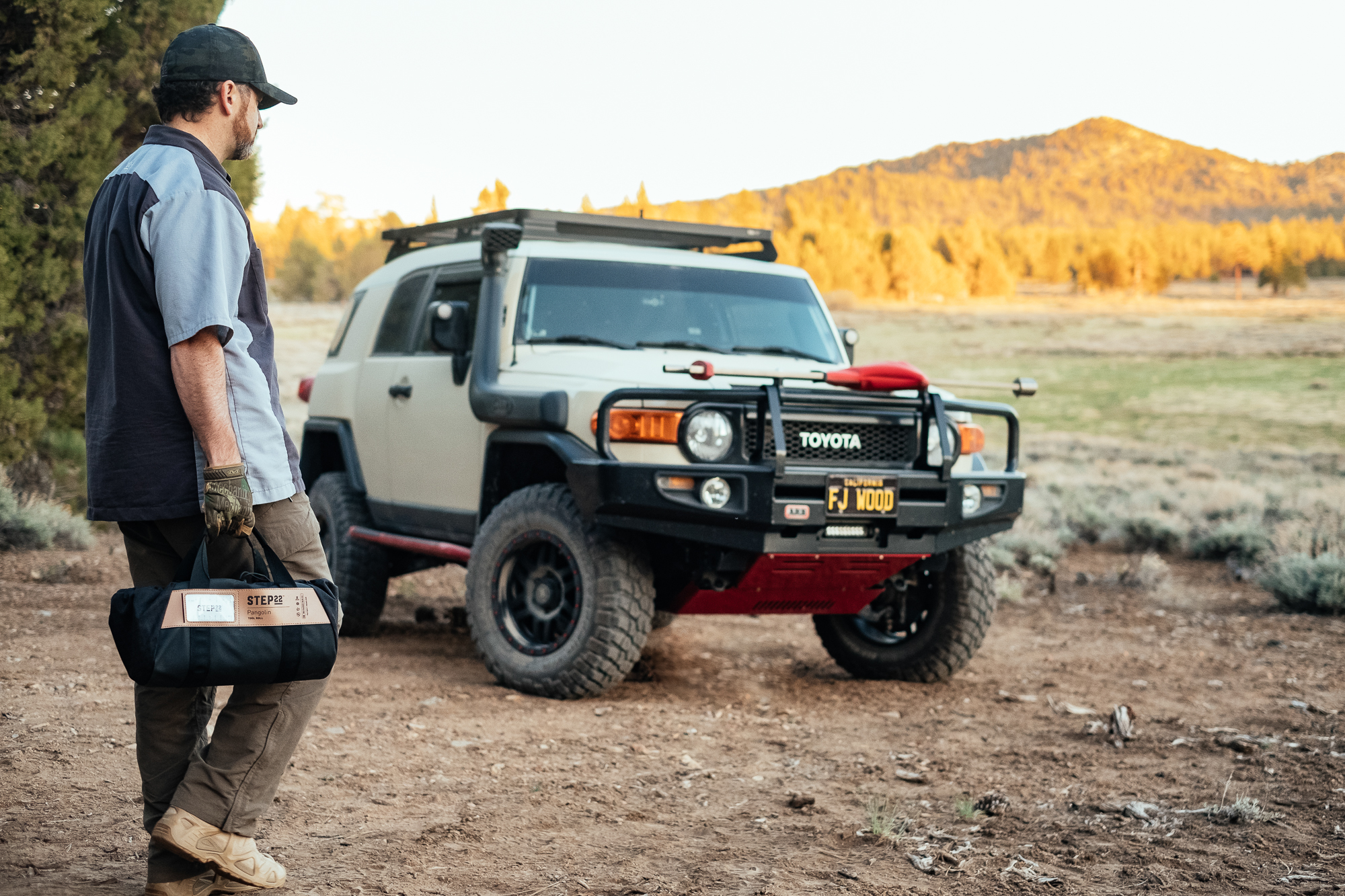
What is your overlanding background?
My overlanding background started by foot. In the mid-2000s, I started hiking and backpacking all around the US. In 2008, I had a Toyota Tundra, a great truck that I loved, but it was a bit long for getting into some of the backcountry trailheads that I wanted to visit. I sold the Tundra and picked up a 2008 FJ Cruiser. Wanting to also start doing my own vehicle maintenance, I learned what a forum was after searching for tips on doing an oil change at home.
The discovery of that forum turned into a rabbit hole of seeing how much cool stuff people were doing to their rigs and where they were driving them. I was immediately hooked and spent nearly every spare minute doing some sort of modification or addition to my FJ. While I kept exploring by foot, I also started car camping more and getting out remotely as I had built up the FJ and outfitted it with gear to allow me to get further off-grid and still have a good time.
How and why did STEP 22 begin?
STEP 22 began in 2015 as jackcovers.com. I found myself with an unexpected exit from a more traditional corporate role at a global corporation that was on a downslope and in restructuring mode. I was driving around in my FJ Cruiser, thinking about what my next move was going to be.
My Hi-Lift jack was mounted on the bull bar out front, along with a custom one-off jack cover I had made for myself. I had that cover made because the other option on the market was complete junk that fell apart after only a few months. As I was looking at that cover while driving around, it dawned on me that a lot of people had asked me over the years where I bought it, and when I told them I had it custom-made just for me, people often asked if I could get one made for them.
I decided to give it a go and launched jackcovers.com. Struggling to get even a handful of jack covers made by the guy who made the original for me, I went and bought two commercial sewing machines, set them up in my living room, and jumped on YouTube with a search of “how to sew on a commercial machine.” After spending a lot of time learning to sew and wasting more material than I wish to admit, I finally created something that people might be willing to pay for.
I launched the business and line of jack covers at Overland Expo West 2015. The jack covers were an instant hit, and the market quickly realized that I was doing things differently, putting quality and design out front instead of making knock-off junk like so many brands just trying to make a buck.
For two years, I ran with jackcovers.com, offering a single high-quality product, but also learning that one product offering was not a real company or brand that was sustainable and that my branding and business model needed a massive overhaul. In 2017, I rebranded as STEP 22 Gear and started exploring various transformations to my business model.
From 2017 to 2019, I learned additional expensive and time-wasting lessons about business, trying to compete with larger brands, big box stores, and Amazon. I tried the resale thing but could not get traction due to all the other options customers had for purchasing the same products. I also launched a scattered line of bags and storage solutions with no clear direction or purpose.
The wake-up call was when someone was in my booth at one of the Overland Expos and told me, ‘We all want to support you so badly, but we really don’t even know what you are trying to do here.’ That prompted the ultimate reset, where I took all the lessons I had learned in the prior years, wiped the slate clean, and started from scratch with a laser-focused plan to build a real brand.
I eliminated the resale model and previously scattered line of goods and got started building a line of truly innovative, premium-quality storage solutions for all kinds of travel. Assembling a team of world-class designers, sourcing the highest quality materials available worldwide, and assembling a solid supply chain was key to finally getting it right. The brand and product line that people see today was launched in May 2020—yes, right as the pandemic kicked off!
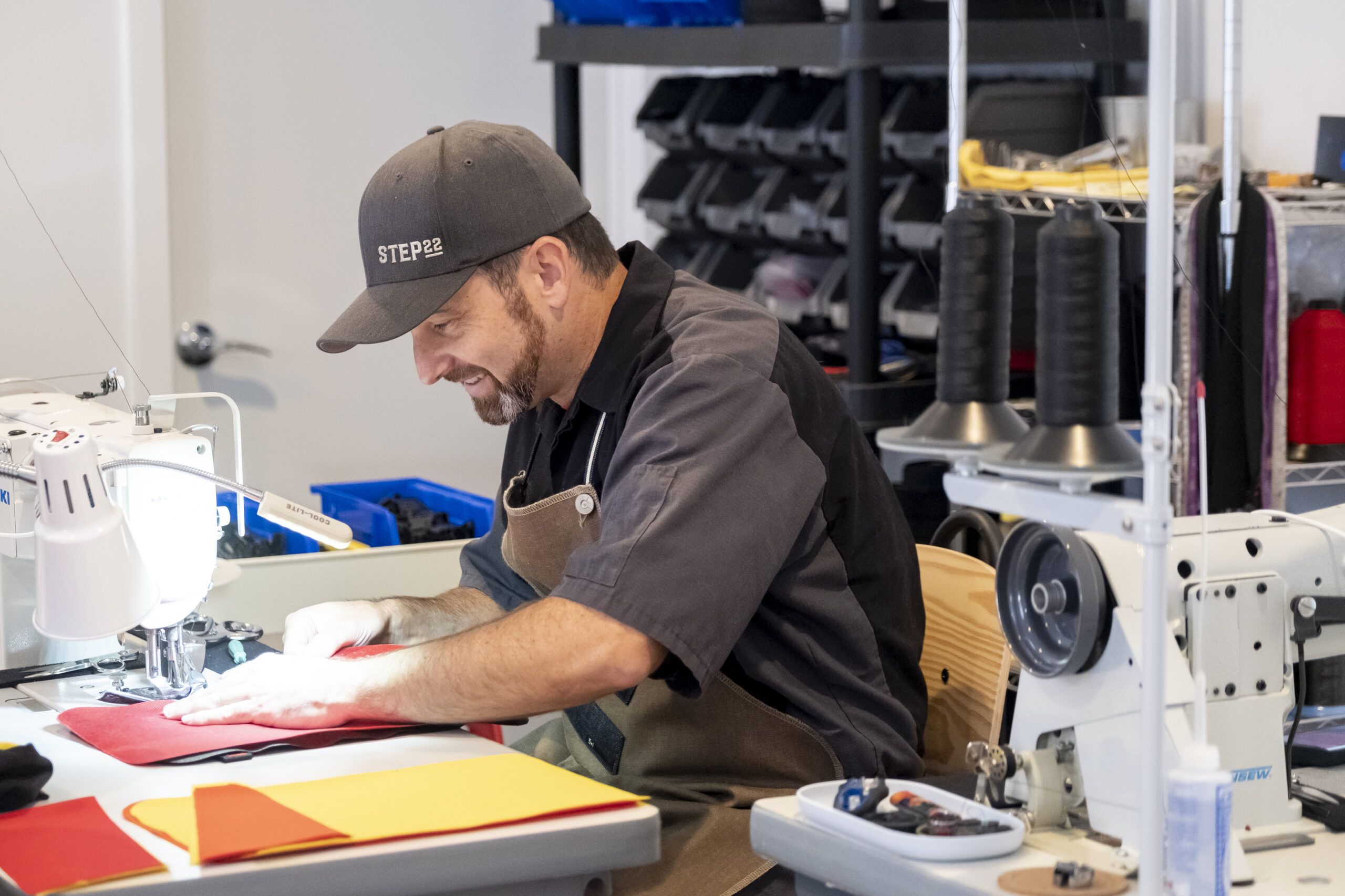
What are your most popular products and why?
My number one product is the Pangolin tool roll. It really is the perfect combination of tool bag, tool pouches, wrench roll, and storage pockets all in one design. The Pangolin is a product that sells itself as soon as someone sees it. Just behind the Pangolin is the Stingray flat box. When someone asks me what they can use the Stingray for, I tell them there really isn’t much they can’t use it for. From clothes to camp kitchens to recovery gear to camera gear, the Stingray is extremely versatile. Easily stackable, flat, and packable, it became an instant crowd favorite.
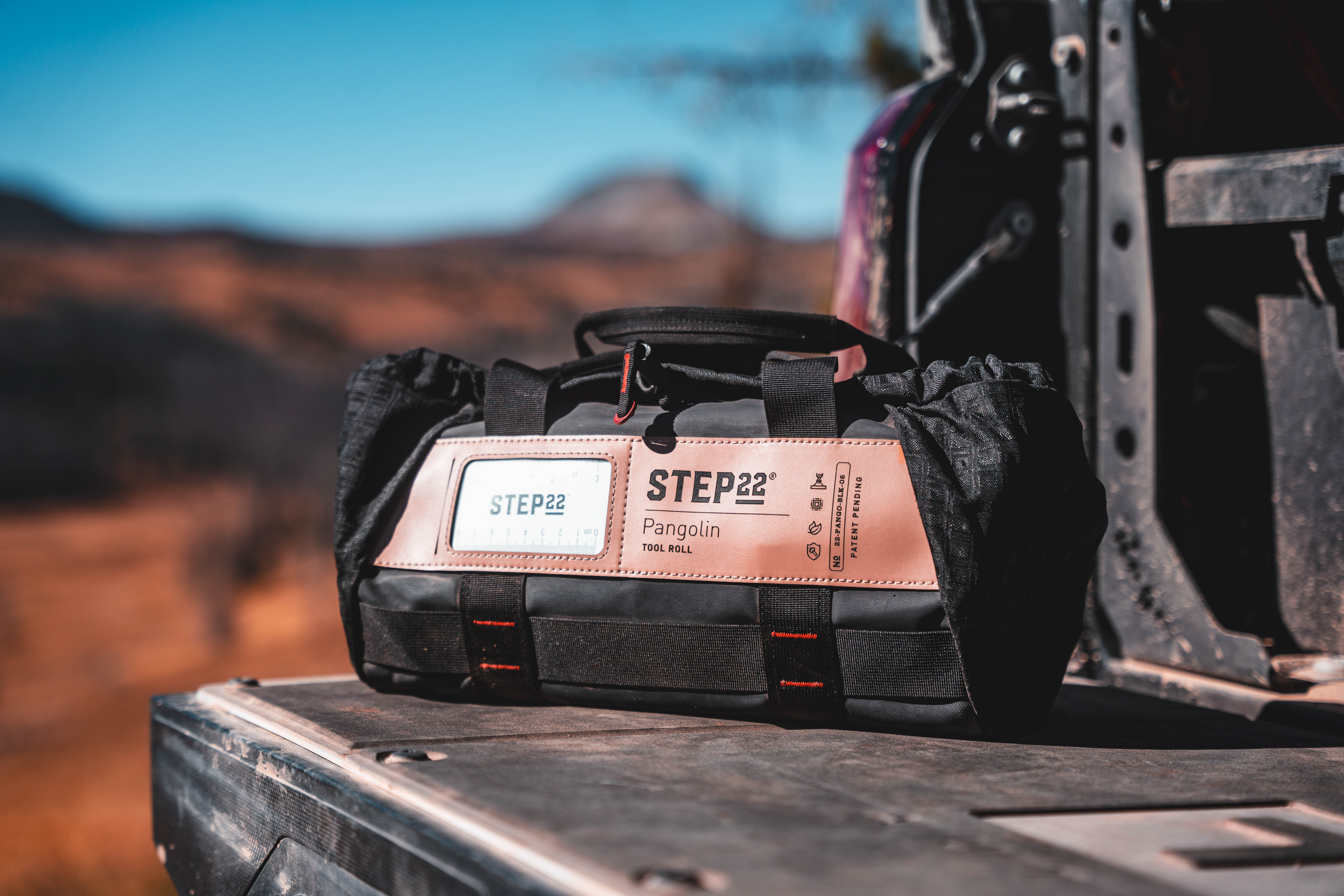
What are some challenges you’ve had to overcome along the way?
The first major challenge was shifting from in-house production with small batches of simple designs to scaling up to high-volume production of complex designs. Getting the education and reality check that producing complex soft goods in the USA is essentially impossible unless you are a legacy brand, produce extremely simple designs (squares and rectangles), or use a third-party production house.
Only a few years old, I certainly wasn’t a legacy brand, and I found it impossible to find the number of highly skilled sewers required to scale a proper in-house production team. Using a third-party facility in the US would result in retail prices that would not be sustainable in the long term. Once I learned that the highest quality soft goods in the world are made in Vietnam, I partnered with world-class facilities there and was confident it was the only way possible to build the brand and product line I envisioned.
This was not only a challenge when building my supply chain but also when working to educate consumers on the model. When most people hear offshore production or imports, they immediately think of China, low-quality goods, and brands just wanting to maximize profits. In many cases, they are right. In the case of STEP 22, they could not be more wrong. The materials I source come from all over the world, wherever I can get the best of the best. Being able to scale this way also results in more money being injected into the US economy than if I only offered simple designs with small-scale in-house production.
The other major challenge was launching the current line at the very start of the pandemic, but everyone is aware of those challenges and the trickle-down effect that caused chaos for so many brands. I am just happy that so many people supported STEP 22 through times of no inventory and constant delays. We really do have the best customers and supporters.
Tell me about the new STEP 22 products.
A lot of STEP 22 designs are driven by customer feedback. Some of the new styles launching this month are variations of current styles. For example, “grande” versions of the Tenkile tech pouch, Tortoise toiletry bag (a huge request from our women customers), and the Rhino Rig-A-Maroll. Two new tech pouches are perfect for EDC of cables, drives, and general tchotchkes that so many of us lug around everywhere we go.
A simplified variation of the Pangolin that is more of a pouch style for carrying bulky items that do not need smaller purpose-built slots and pockets is also based on customer demand. With the popularity of the Quoll Cubes, I am also launching modified versions meant for vertical mounting scenarios, with both VELCRO and MOLLE options all in one.
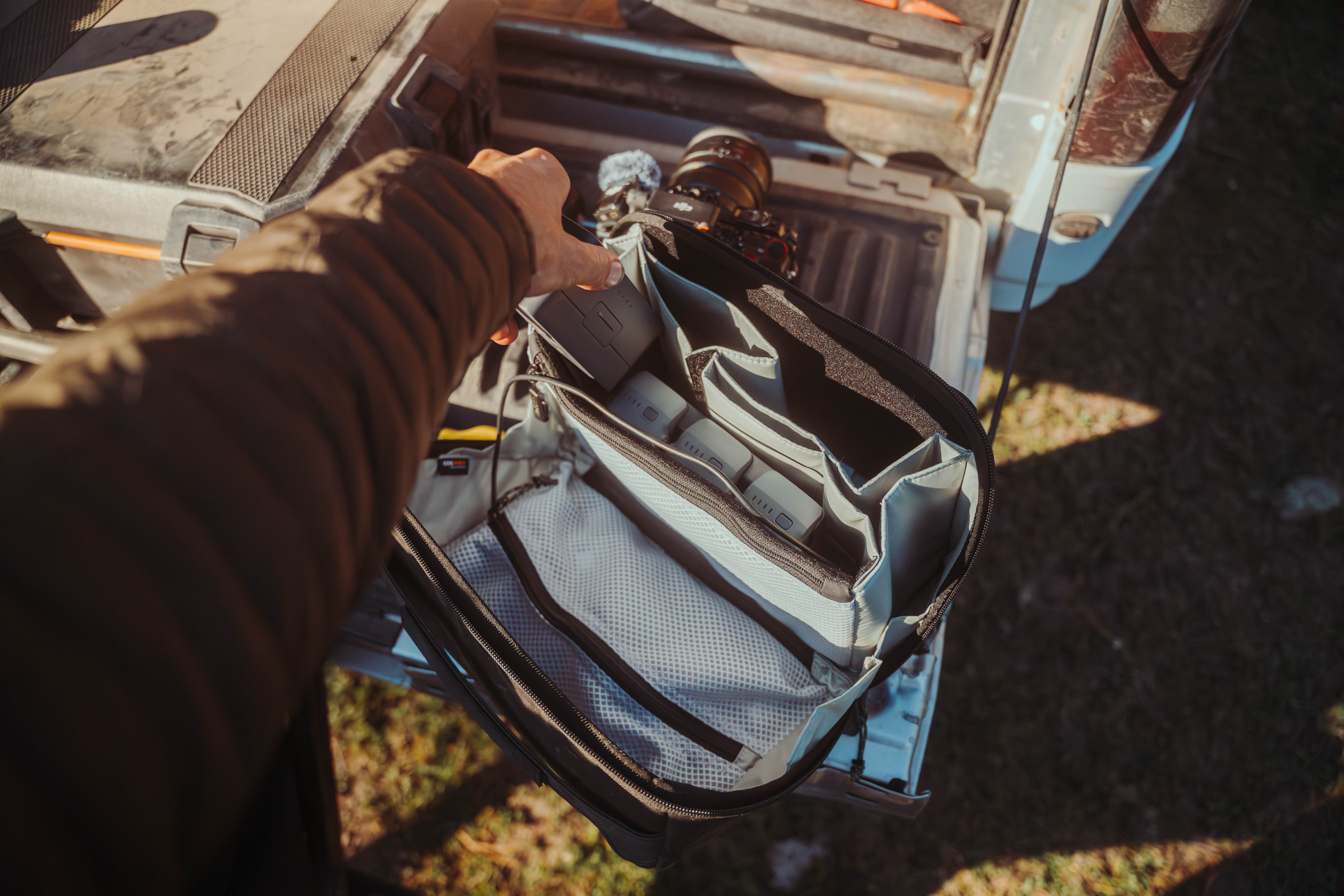

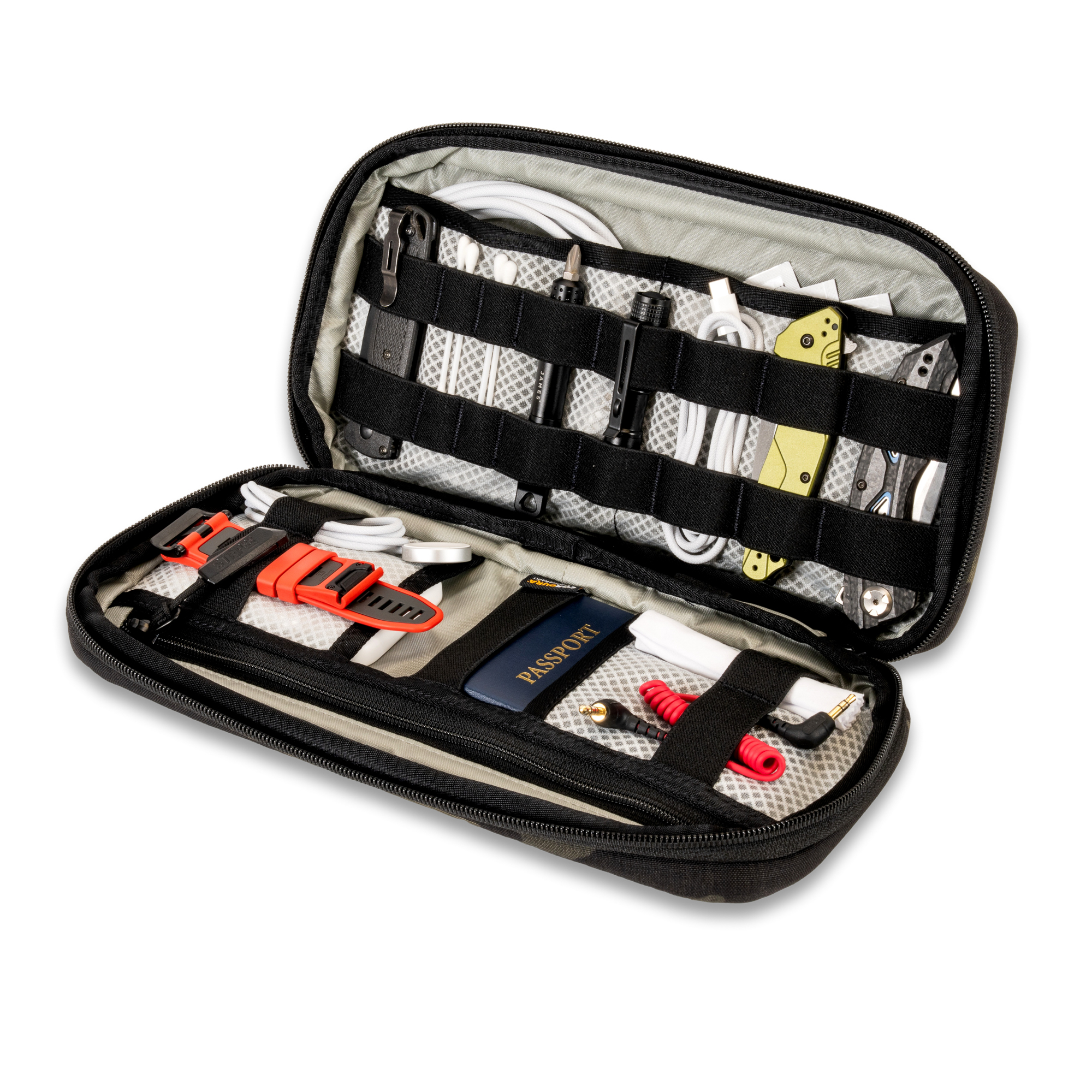
What is the most memorable trip you’ve taken?
Well, since this all started on foot, my favorite backpacking trip was a 42.5-mile backpacking through-hike I did with my sister Amy on the Teton Crest Trail. Fairly new to backpacking at the time, Amy absolutely killed it, ignoring her blisters and focusing on the amazing views of the back side of the Teton mountain range.
As far as vehicle-based overlanding, a trip I did a few years ago with my buddies Tim and Pete in the San Juan Mountains of Colorado will be one I will never forget. On paper, it would look horrible, with insane rain, some horrible mud, etc. None of those challenges set us back, though. We camped at a spot with views of surrounding mountains that rival those I have seen in the Swiss Alps. Despite the weather challenges, we made the best of what we had to work with, and I look forward to returning there for a repeat trip sometime soon!
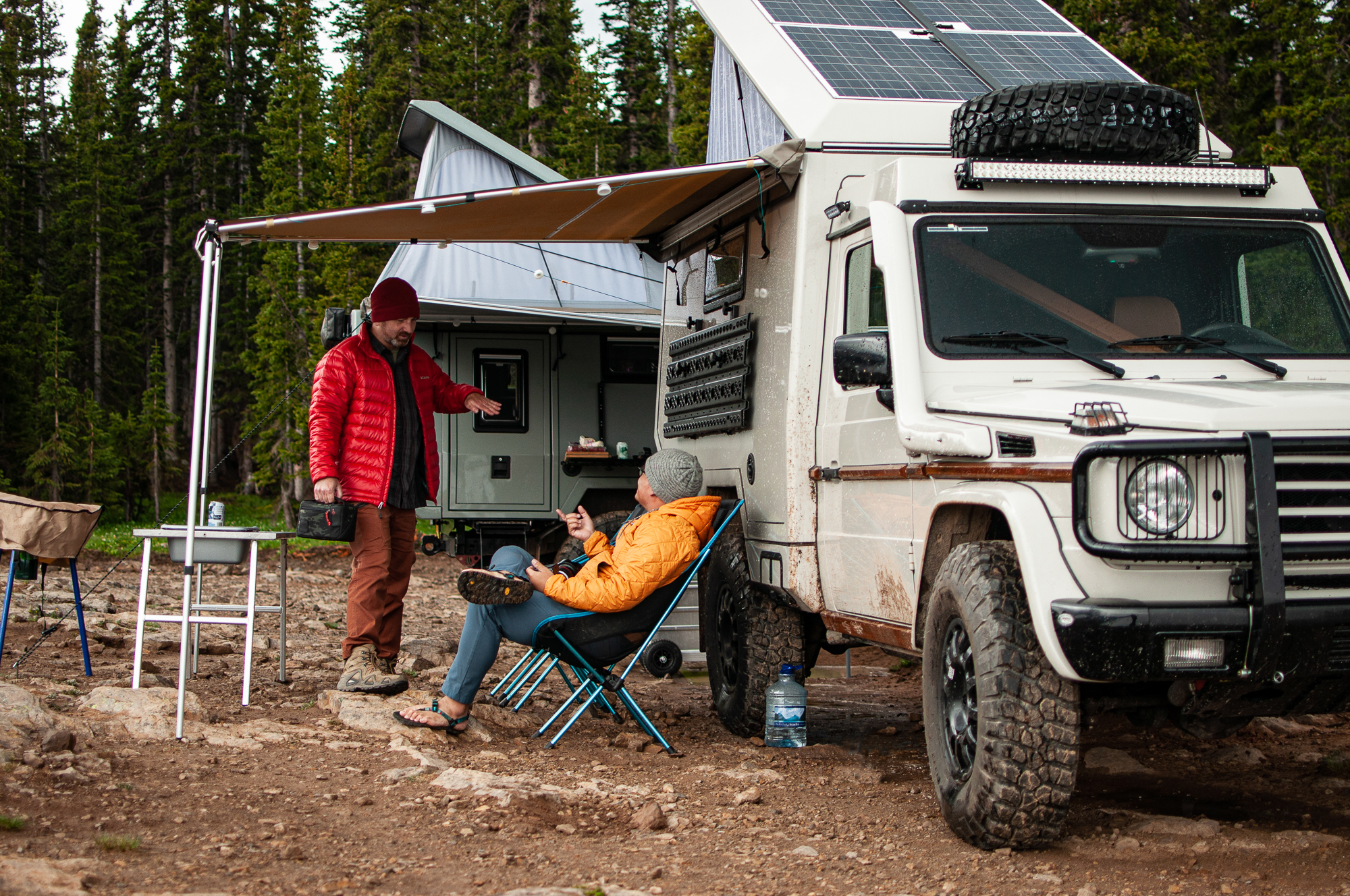
What is the importance of STEP 22’s conservation partners?
I’ve always had a love for animals and wildlife. I think it’s important for all brands and companies to have some way to give back and do good. With so many stories about companies and people putting charitable programs in place, only to find out they are nothing but scams used for marketing purposes, it was important to me to have a program and partners that are not only verifiable at the giving level but have transparency at the work level.
At the highest level, I partnered with 1% for the Planet. With their third-party verification process, STEP 22 Gear customers know that we are at least giving everything committed to (giving is often much more than that, though). The way that 1% for the Planet works is that donations are made to organizations approved by them and on their list of partners.
I chose Wildlife Conservation Network as our direct partner due to their stellar reputation, the type of work they do, and the fact they are one of the few organizations that does not fight against other organizations to get donations. They take the stance that the main goal is that the work in the field gets done, regardless of who the donations pass through or who does the work.
I can also direct our donated funds to be used 100% in the field, with none of it going to any overhead along the way. It has been really cool to see the power of a lot of small amounts built up into some significant donations, which have enabled so much great work to be done to save wildlife all over the planet.

Our No Compromise Clause: We do not accept advertorial content or allow advertising to influence our coverage, and our contributors are guaranteed editorial independence. Overland International may earn a small commission from affiliate links included in this article. We appreciate your support.


